China was no good at cars. Then EVs came along.


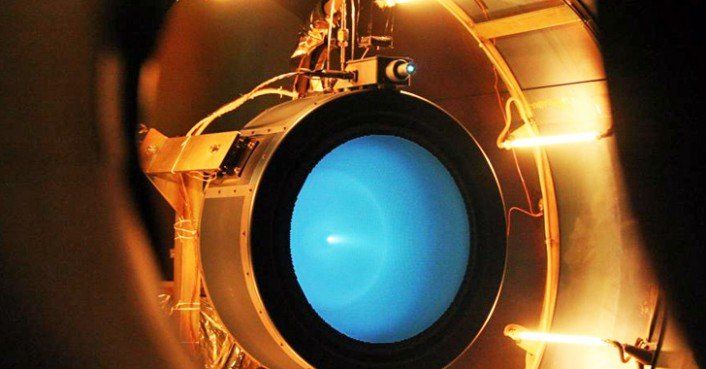
Circa 2013
A team from MIT are developing thrusters powered by ionic wind as an efficient alternative to current conventional atmospheric propulsion technologies.
This electric vehicle could become your future mode of transportation 😍 via @kittyhawkaero


However, we are not there yet and we have to take it step-by-step, says Dr Anna Anund from the Swedish National Road and Transport Research Institute (VTI). She and her team are developing sensor-based systems as part of the ADAS&ME project to move towards level three, in which the driver can rest and would only be expected to drive when the car requests it.
When you’re sleepy, stressed or have had a few drinks, you’re not in the best position to drive – or even make that decision. But automated cars could soon make that call for you.
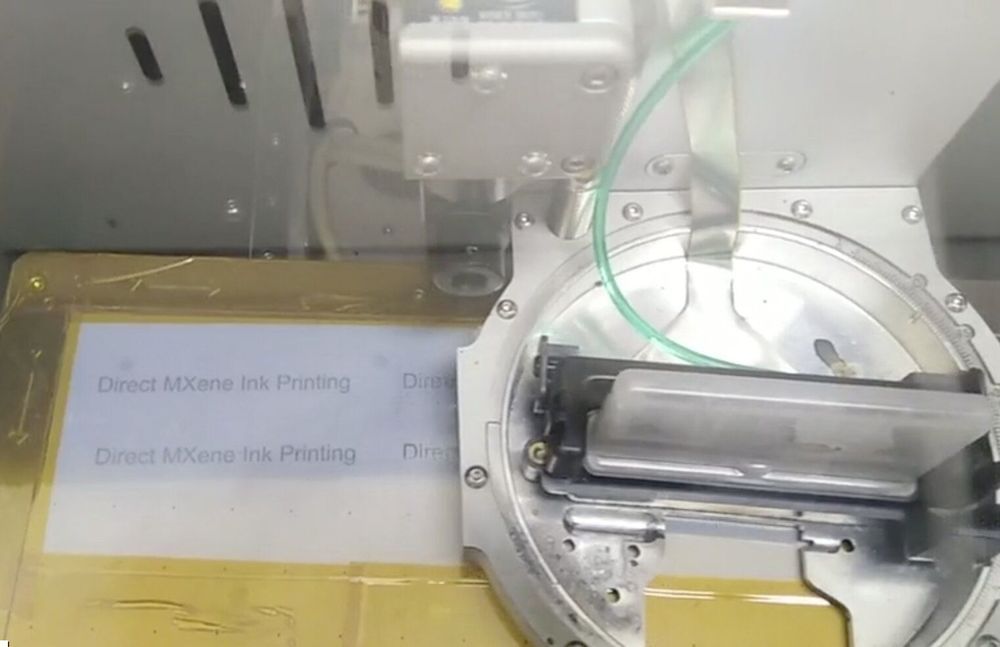
Researchers from Drexel University and Trinity College in Ireland, have created ink for an inkjet printer from a highly conductive type of two-dimensional material called MXene. Recent findings, published in Nature Communications, suggest that the ink can be used to print flexible energy storage components, such as supercapacitors, in any size or shape.
Conductive inks have been around for nearly a decade and they represent a multi-hundred million-dollar market that is expected to grow rapidly into the next decade. It’s already being used to make the radiofrequency identification tags used in highway toll transponders, circuit boards in portable electronics and it lines car windows as embedded radio antennas and to aid defrosting. But for the technology to see broader use, conductive inks need to become more conductive and more easily applied to a range of surfaces.
Yury Gogotsi, Ph.D., Distinguished University and Bach professor in Drexel’s College of Engineering, Department of Materials Science and Engineering, who studies the applications of new materials in technology, suggests that the ink created in Drexel’s Nanomaterials Institute is a significant advancement on both of these fronts.

Canada’s newly announced $5,000 incentive for electric vehicles is officially going into effect on May 1st next month and the federal government has released the list of eligible vehicles.
Tesla vehicles are officially ineligible for the incentive.
As we reported last month, the Canadian federal announced a new $5,000 incentive for electric cars with a $45,000 price limit, which virtually excluded Tesla vehicles.
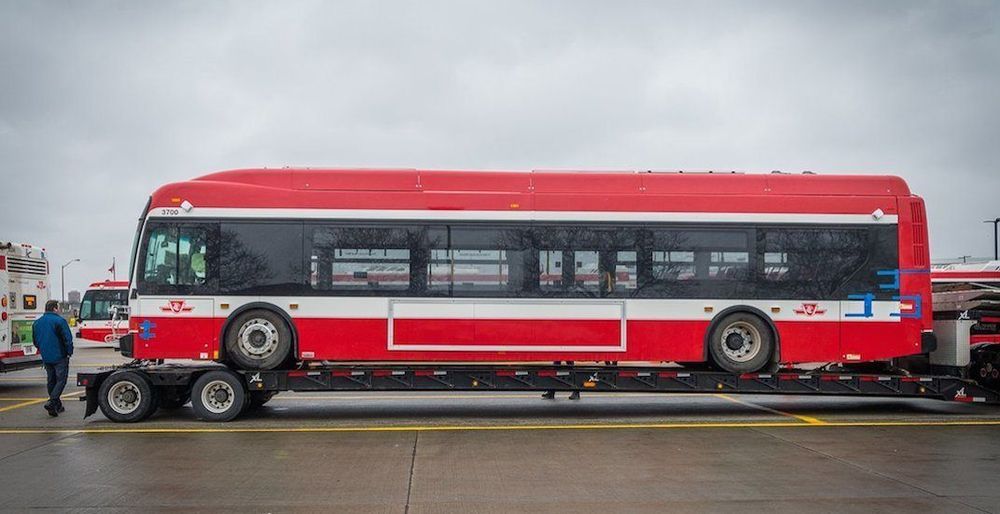
The first of the TTC’s zero-emission electric buses arrived today.
According to TTC spokesperson Stuart Green, the new vehicle must undergo testing and commissioning first before it can enter regular service later this spring.
The first of the #TTC ‘s zero emission electric buses arrived today! This @newflyer vehicle (#3700) will undergo testing and commissioning before it enters regular service later this Spring. We’ll have 60 e-buses by year end, making the TTC a national clean-tech fleet leader. pic.twitter.com/voobFV8JEM
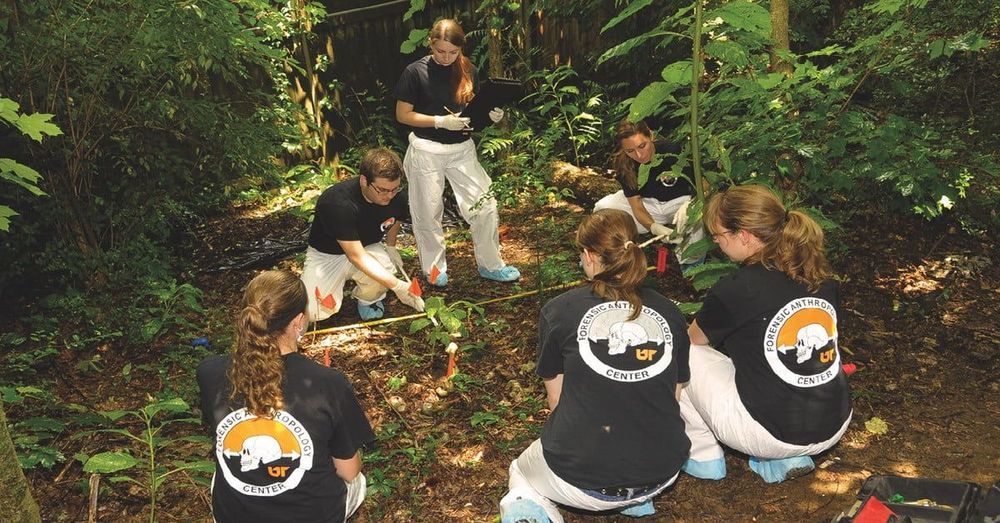
Lidar, the radar-style detection system which works by bouncing laser light, is most commonly associated with self-driving cars. However, it may have another useful, albeit morbid, application: Helping find bodies which have been buried in unmarked graves.
Sound like something out of an episode of CSI? In fact, it’s a new piece of research coming out of Tennessee’s Oak Ridge National Laboratory, where scientists have been investigating how lidar could be used a forensics tool to find missing murder victims — potentially even from an aircraft.
“Missing persons investigations pose a significant societal challenge, as well as a time-sensitive technological challenge,” Dr. Katie Corcoran, one of the researchers on the project, told Digital Trends. “Of the millions of missing persons worldwide who are unaccounted for, some are thought to be deceased and buried in unmarked graves. A gravesite can go unnoticed because of natural processes, where the site becomes covered with grass or leaves, for instance. Or the site could have been deliberately masked by a perpetrator trying to hide the body. In either case, the longer the gravesite goes unnoticed, the more difficult it is to locate.”
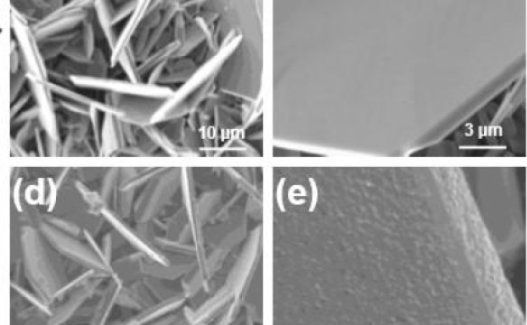
Creating a lithium-ion battery that can charge in a matter of minutes but still operate at a high capacity is possible, according to research from Rensselaer Polytechnic Institute just published in Nature Communications. This development has the potential to improve battery performance for consumer electronics, solar grid storage, and electric vehicles.